China 56 Ethnic Groups 2
Tujia – China 56 Ethnic Groups
Their ancestors have direct origins in the ancient Ba people. References as Tumin, Tuman and Tubing, which are distinct from other ethnic groups in Wuling area, emerged in the Song Dynasty.
Later, with the massive immigration of the Han people, Tujia as a proper name referring to the ethnic group came into use. After the establishment of PRC, the name became officially settled down in accordance with the native people’s wills.
The Tujias mainly dwell in the range of Wuling Mountains at the intersections of Hunan, Hubei, Sichuan and Guizhou provinces. According to the fifth national census conducted in 2000, Tujia had a population of 8,028,133.
The Tujias have their own language, which belongs to an independent branch of Tibetan-Burmese of the Sino-Tibetan language family. With no native written forms, Tujias use the Han characters.
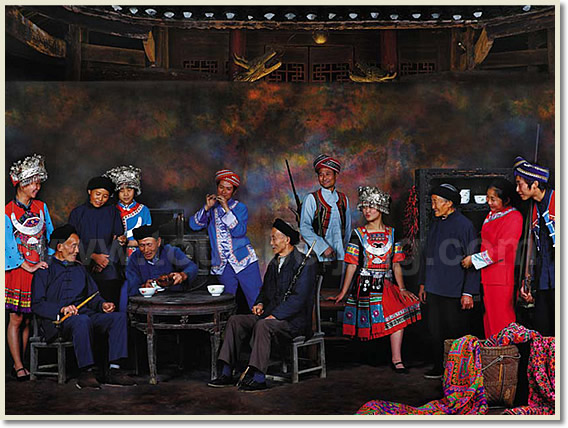
Tu – China 56 Ethnic Groups
It is generally agreed that the Tu develops from the ancient Tuyihun people that later assimilated the Qiang, Mongol and Han ethnic groups. Due to a close relation with the Mongols in early times, the Tus referred to themselves as “Monguor” or “Chaghan Monguor”.
Meanwhile, they were called by the Han and Hui people as “Tu people”, “Tu nation” or “Tu guardian”, and the Tibetan people called them “Tuo’er”. They have been officially called the Tu ethnic minority since the establishment of PRC.
The Tu ethnic minority lives to the north of Huangshui River and along the banks of the Yellow River in eastern part of Qinghai Province. According to the fifth national census in 2000, the Tu ethnic minority has a population of 241,198.
The Tus have their own language, which belongs to the Mongolian branch of the Altaic language. Chinese was once in common use. Created in 1979, the Tu written language is being in trial use.
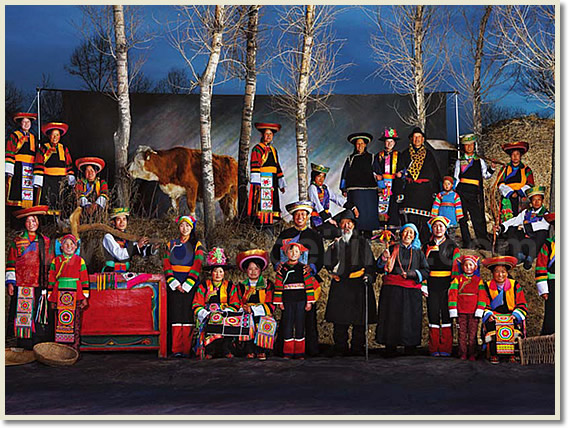
Tibetan – China 56 Ethnic Groups
Originating from the middle reaches of Yarlung Zangbo River in Tibet, the Tibet ethnic minority has a long history.
In the Western and Eastern Han Dynasties, they were a tribe of Xiqiangs. Between the end of Sui Dynasty and the beginning of Tang Dynasty, Songzan G ambo unified the whole Tibet after conquering all the other clans, created the Tibetan script and calendar, and established the slavery kingdom known as “Bo”, which was called “Tubo” in Chinese historical documents. The Yuan Dynasty garrisoned Tibet and brought it into the territory of China officially.
The Tibetan people are scattered on the vast Qinghai-Tibetan Plateau. They mostly live in the Tibet Autonomous Region, the Tibetan autonomous prefectures in Haibei, Huangnnan, Hainan, Guoluo and Yushu, and the Haixi Mongol-Tibetan Autonomous Prefecture of Qinghai Province.
The Tibetan language belongs to the Tibetan subbranch of the Tibetan-Burmese branch of the Sino-Tibetan language family. According to geographical divisions, it has three major local dialects: Weizang, Kang and Amdo. The Tibetan script was created with reference to Sanskrit. This alphabetic system of writing is written from the left to the right across the page, and it has been used since its creation till the present.
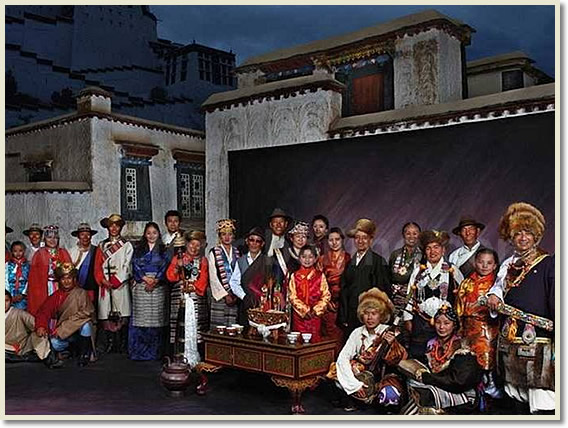
The Ethnic Minorities in Taiwan – China 56 Ethnic Groups
The Taiwan minorities are mainly originated from the ancient Yue people along the coastal line of the mainland, who mingled with indigenous islanders. In history they were called “Shanyi”, “Liuqiu” people, etc.
The ethnic minorities in Taiwan are widely distributed across the hilly areas of the main Taiwan Island, longitudinal valleys and plains along the east coast. According to the fifth national census in 2000, there were 4,461 of them scattering on the mainland.
With no written script, the Taiwan minorities have their own spoken language belonging to the Indonesian branch of the Austronesian family. Different tribes with their respective dialects can not communicate with each other for the grand internal diversities.
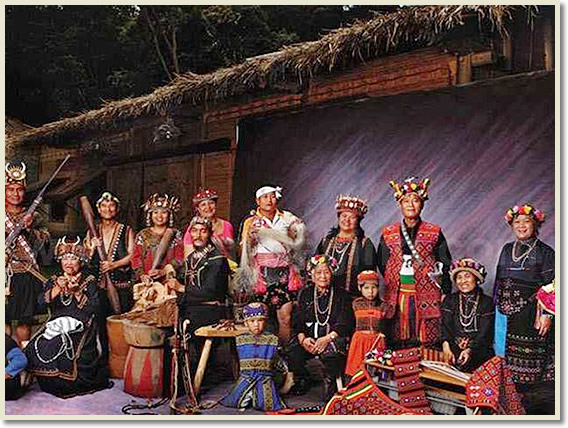
Tatar – China 56 Ethnic Groups
The Tatar originated from the ancient tribe name Tatary, which rose after the decline of the nomadic Turkic Khanate in northern China and was later gobbled up by the Mongols. In the mid-15th century, the Tatary founded the Kazan Khanate along the middle reaches of the Volga River which was later conquered by Russia.
Today’s Tatars were formed through a mixture of the Tatars, Bulgars, Kphchacks and Turkic-Mongols over a long period of time. From the mid-19th century, some Tatars gradually migrated into Xinjiang became an ethnic group in China.
The Tatars, are distributed mainly in the Xinjiang Uygur Autonomous Region, such as Yining, Tacheng and Urumqi cities in the lli Kazak Autonomous Prefecture. According to the fifth national census in 2000, the Tatar numbered 4,890.
The Tatars have their own language which belongs to the Turkic branch of the Altaic language family. Their writing system is based on the Arabic alphabets. The Uygur and Kazak languages are in common use.
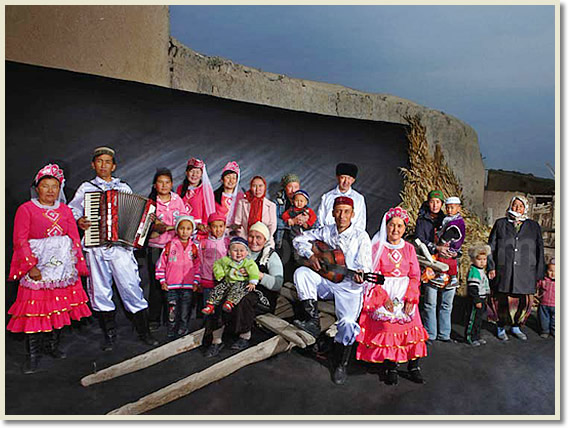
Questions & Answers:



